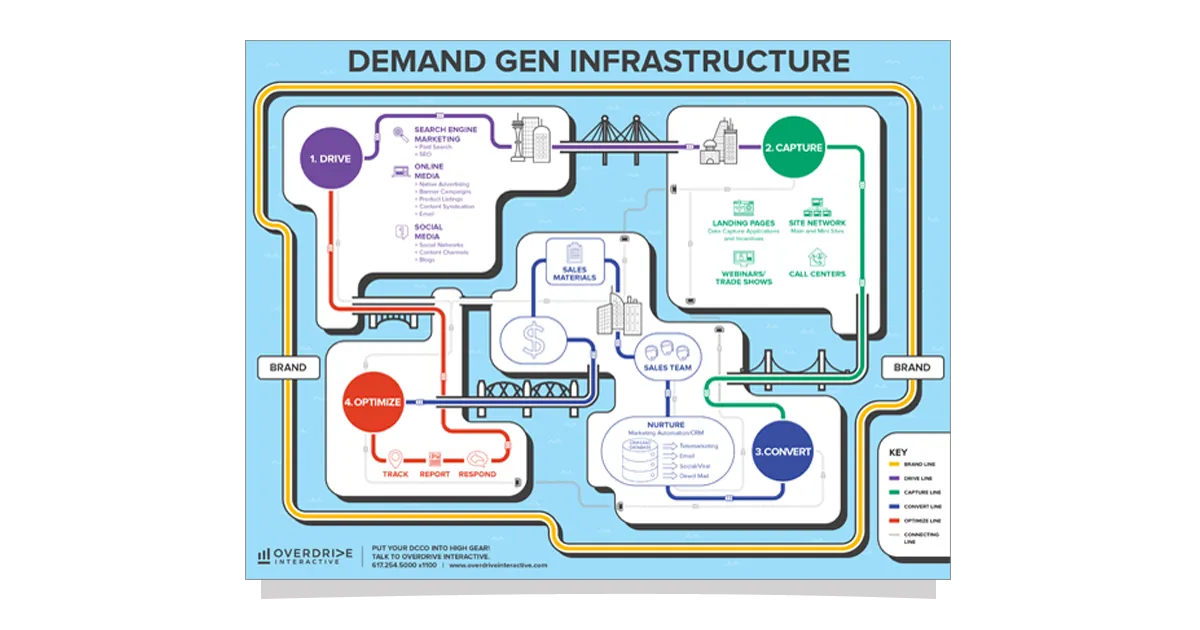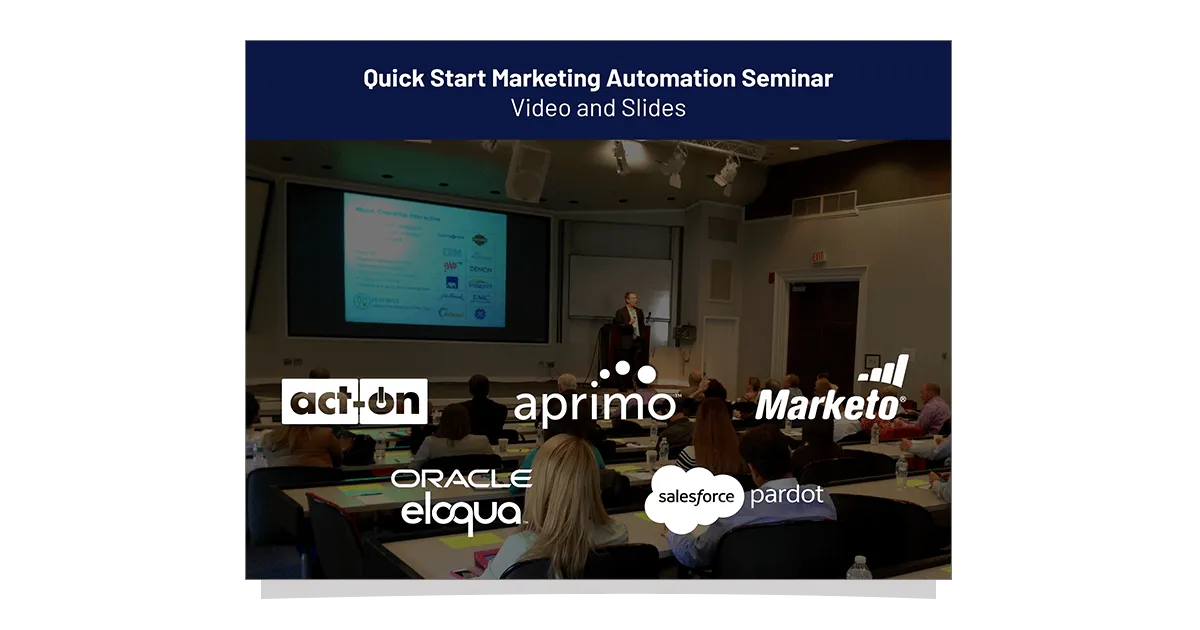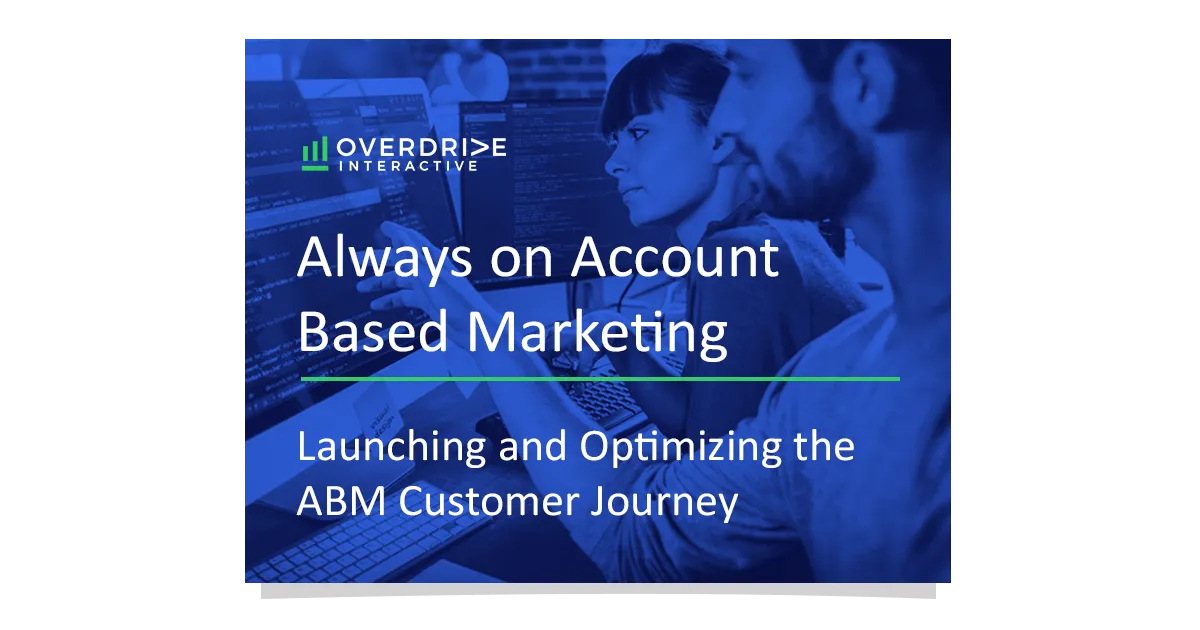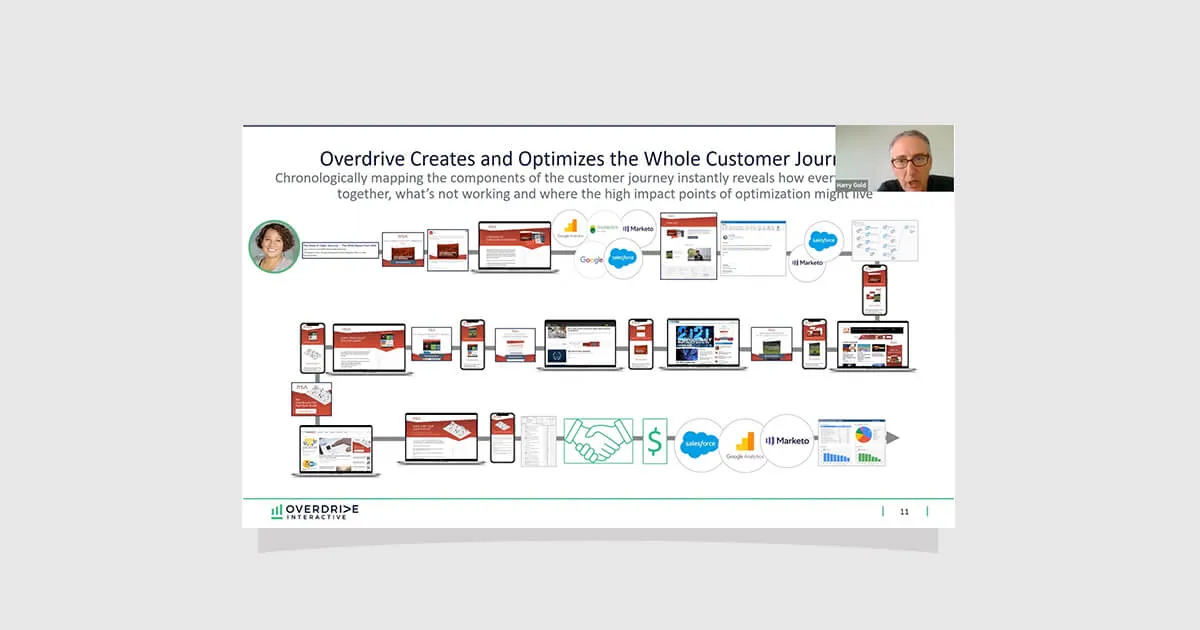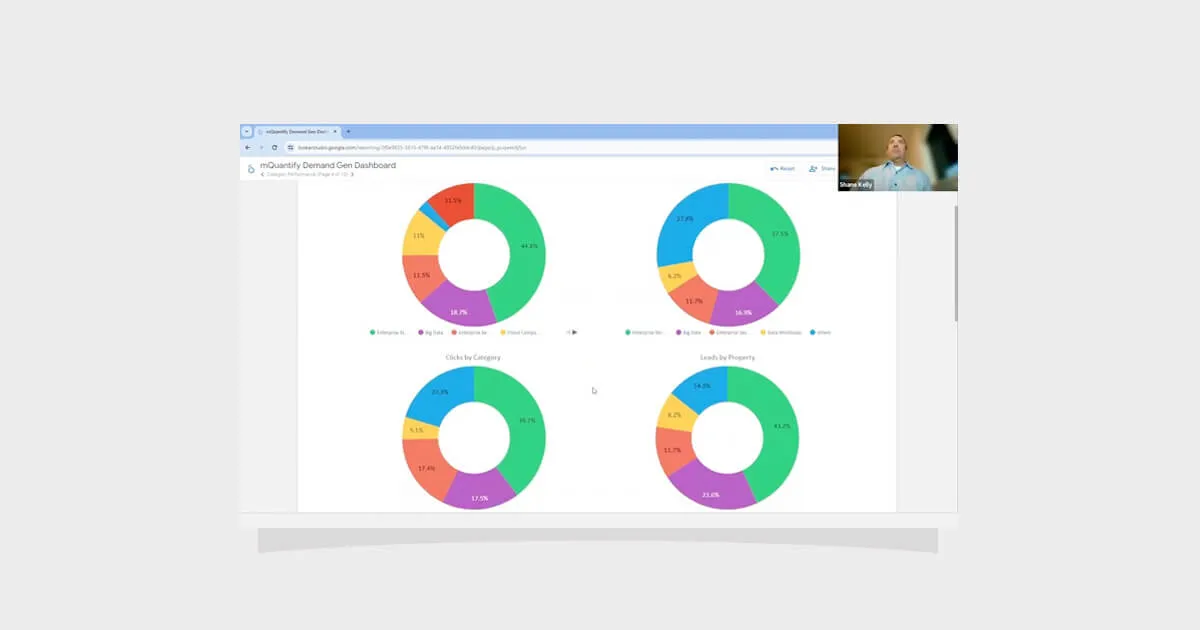Simplifying Digital Trust: Understanding C2PA Content Credentials

Goals of C2PA Specifications
The overarching goal of the C2PA Specifications is to create a trustworthy environment for digital content by employing digital provenance techniques. By documenting the entire lifecycle of a digital asset—from its creation, through its various edits, to its final distribution—Content Credentials offer a secure and verifiable history. However, we need to understand that these credentials are not designed to validate the truthfulness of the content itself. Instead, they focus on verifying its integrity and origin, allowing consumers to make more informed decisions about what they see online.
Understanding Digital Provenance
In the digital world, provenance refers to the complete history of a digital asset. This includes information about who created it, how it was modified, and who handled it along the way. Content Credentials ensure that this provenance data is securely bound to the digital content through a series of assertions. These assertions can include details such as the creator’s identity, the tools used for creation, and the circumstances under which the content was produced. One of the key features of Content Credentials is their cryptographic security. The provenance data is bound to the digital asset in a way that any tampering can be easily detected. This cryptographic binding ensures that the integrity of both the content and its associated provenance data is maintained, offering a tamper-evident solution to digital media verification.
Detailed Tracking of Digital Assets
Digital assets often comprise multiple components sourced from various origins. Content Credentials can document the provenance of each ingredient, creating a comprehensive chain of custody that reflects the entire creation history of the composite asset. This detailed tracking is particularly beneficial for complex digital media projects that involve multiple collaborators and sources.
There may be instances where specific assertions need to be removed from the provenance data, for example, to protect sensitive information. Content Credentials support a redaction process that allows for the removal of certain assertions without invalidating the remaining provenance data. This ensures that while some information may be redacted, the overall integrity of the provenance remains intact.
It’s important to acknowledge that provenance data might not always be complete, especially when content is edited using tools that do not support Content Credentials. In such cases, subsequent edits made with compliant tools implicitly attest to prior modifications, providing a degree of continuity in the provenance chain.
Establishing Trust through Signers
Trust in digital media is established through the identity of the Content Credential’s Signer. These signers are verified by recognized Certification Authorities (CAs), which ensure that signing credentials are issued only to verified entities. Trusted lists maintained by these CAs help consumers make informed decisions about the credibility of the digital content they encounter, thereby fostering a more trustworthy digital ecosystem.
Practical Applications in Marketing
Marketing Campaigns
Imagine a marketing team launching a new campaign. They can use Content Credentials to ensure that all promotional materials shared across different platforms maintain a verifiable chain of custody. This builds trust with consumers, who can easily verify the content’s origin and ensure it has not been tampered with.
Brand Collaborations
When partnering with influencers or other brands, Content Credentials can be invaluable. A brand can utilize these credentials to verify that all promotional materials shared by their partners are authentic and have not been altered. This ensures the integrity of branded content and maintains consumer trust.
Product Launches
During a high-stakes product launch, the marketing team can use Content Credentials to ensure that teaser videos and social media imagery remain authentic from creation to distribution. This not only protects the brand’s reputation but also builds consumer confidence in the new product.
Elevate your marketing with Overdrive‘s cutting-edge digital strategies. From SEO services to AI-driven campaigns, we help you drive growth and deliver results. Contact us today!
Simplifying Digital Trust: Understanding C2PA Content Credentials

Download the guide to:
Goals of C2PA Specifications
The overarching goal of the C2PA Specifications is to create a trustworthy environment for digital content by employing digital provenance techniques. By documenting the entire lifecycle of a digital asset—from its creation, through its various edits, to its final distribution—Content Credentials offer a secure and verifiable history. However, we need to understand that these credentials are not designed to validate the truthfulness of the content itself. Instead, they focus on verifying its integrity and origin, allowing consumers to make more informed decisions about what they see online.
Understanding Digital Provenance
In the digital world, provenance refers to the complete history of a digital asset. This includes information about who created it, how it was modified, and who handled it along the way. Content Credentials ensure that this provenance data is securely bound to the digital content through a series of assertions. These assertions can include details such as the creator’s identity, the tools used for creation, and the circumstances under which the content was produced. One of the key features of Content Credentials is their cryptographic security. The provenance data is bound to the digital asset in a way that any tampering can be easily detected. This cryptographic binding ensures that the integrity of both the content and its associated provenance data is maintained, offering a tamper-evident solution to digital media verification.
Detailed Tracking of Digital Assets
Digital assets often comprise multiple components sourced from various origins. Content Credentials can document the provenance of each ingredient, creating a comprehensive chain of custody that reflects the entire creation history of the composite asset. This detailed tracking is particularly beneficial for complex digital media projects that involve multiple collaborators and sources.
There may be instances where specific assertions need to be removed from the provenance data, for example, to protect sensitive information. Content Credentials support a redaction process that allows for the removal of certain assertions without invalidating the remaining provenance data. This ensures that while some information may be redacted, the overall integrity of the provenance remains intact.
It’s important to acknowledge that provenance data might not always be complete, especially when content is edited using tools that do not support Content Credentials. In such cases, subsequent edits made with compliant tools implicitly attest to prior modifications, providing a degree of continuity in the provenance chain.
Establishing Trust through Signers
Trust in digital media is established through the identity of the Content Credential’s Signer. These signers are verified by recognized Certification Authorities (CAs), which ensure that signing credentials are issued only to verified entities. Trusted lists maintained by these CAs help consumers make informed decisions about the credibility of the digital content they encounter, thereby fostering a more trustworthy digital ecosystem.
Practical Applications in Marketing
Marketing Campaigns
Imagine a marketing team launching a new campaign. They can use Content Credentials to ensure that all promotional materials shared across different platforms maintain a verifiable chain of custody. This builds trust with consumers, who can easily verify the content’s origin and ensure it has not been tampered with.
Brand Collaborations
When partnering with influencers or other brands, Content Credentials can be invaluable. A brand can utilize these credentials to verify that all promotional materials shared by their partners are authentic and have not been altered. This ensures the integrity of branded content and maintains consumer trust.
Product Launches
During a high-stakes product launch, the marketing team can use Content Credentials to ensure that teaser videos and social media imagery remain authentic from creation to distribution. This not only protects the brand’s reputation but also builds consumer confidence in the new product.
Elevate your marketing with Overdrive‘s cutting-edge digital strategies. From SEO services to AI-driven campaigns, we help you drive growth and deliver results. Contact us today!
Simplifying Digital Trust: Understanding C2PA Content Credentials

Download the guide to:
Goals of C2PA Specifications
The overarching goal of the C2PA Specifications is to create a trustworthy environment for digital content by employing digital provenance techniques. By documenting the entire lifecycle of a digital asset—from its creation, through its various edits, to its final distribution—Content Credentials offer a secure and verifiable history. However, we need to understand that these credentials are not designed to validate the truthfulness of the content itself. Instead, they focus on verifying its integrity and origin, allowing consumers to make more informed decisions about what they see online.
Understanding Digital Provenance
In the digital world, provenance refers to the complete history of a digital asset. This includes information about who created it, how it was modified, and who handled it along the way. Content Credentials ensure that this provenance data is securely bound to the digital content through a series of assertions. These assertions can include details such as the creator’s identity, the tools used for creation, and the circumstances under which the content was produced. One of the key features of Content Credentials is their cryptographic security. The provenance data is bound to the digital asset in a way that any tampering can be easily detected. This cryptographic binding ensures that the integrity of both the content and its associated provenance data is maintained, offering a tamper-evident solution to digital media verification.
Detailed Tracking of Digital Assets
Digital assets often comprise multiple components sourced from various origins. Content Credentials can document the provenance of each ingredient, creating a comprehensive chain of custody that reflects the entire creation history of the composite asset. This detailed tracking is particularly beneficial for complex digital media projects that involve multiple collaborators and sources.
There may be instances where specific assertions need to be removed from the provenance data, for example, to protect sensitive information. Content Credentials support a redaction process that allows for the removal of certain assertions without invalidating the remaining provenance data. This ensures that while some information may be redacted, the overall integrity of the provenance remains intact.
It’s important to acknowledge that provenance data might not always be complete, especially when content is edited using tools that do not support Content Credentials. In such cases, subsequent edits made with compliant tools implicitly attest to prior modifications, providing a degree of continuity in the provenance chain.
Establishing Trust through Signers
Trust in digital media is established through the identity of the Content Credential’s Signer. These signers are verified by recognized Certification Authorities (CAs), which ensure that signing credentials are issued only to verified entities. Trusted lists maintained by these CAs help consumers make informed decisions about the credibility of the digital content they encounter, thereby fostering a more trustworthy digital ecosystem.
Practical Applications in Marketing
Marketing Campaigns
Imagine a marketing team launching a new campaign. They can use Content Credentials to ensure that all promotional materials shared across different platforms maintain a verifiable chain of custody. This builds trust with consumers, who can easily verify the content’s origin and ensure it has not been tampered with.
Brand Collaborations
When partnering with influencers or other brands, Content Credentials can be invaluable. A brand can utilize these credentials to verify that all promotional materials shared by their partners are authentic and have not been altered. This ensures the integrity of branded content and maintains consumer trust.
Product Launches
During a high-stakes product launch, the marketing team can use Content Credentials to ensure that teaser videos and social media imagery remain authentic from creation to distribution. This not only protects the brand’s reputation but also builds consumer confidence in the new product.
Elevate your marketing with Overdrive‘s cutting-edge digital strategies. From SEO services to AI-driven campaigns, we help you drive growth and deliver results. Contact us today!
Simplifying Digital Trust: Understanding C2PA Content Credentials

Key Insights From Our Research
Goals of C2PA Specifications
The overarching goal of the C2PA Specifications is to create a trustworthy environment for digital content by employing digital provenance techniques. By documenting the entire lifecycle of a digital asset—from its creation, through its various edits, to its final distribution—Content Credentials offer a secure and verifiable history. However, we need to understand that these credentials are not designed to validate the truthfulness of the content itself. Instead, they focus on verifying its integrity and origin, allowing consumers to make more informed decisions about what they see online.
Understanding Digital Provenance
In the digital world, provenance refers to the complete history of a digital asset. This includes information about who created it, how it was modified, and who handled it along the way. Content Credentials ensure that this provenance data is securely bound to the digital content through a series of assertions. These assertions can include details such as the creator’s identity, the tools used for creation, and the circumstances under which the content was produced. One of the key features of Content Credentials is their cryptographic security. The provenance data is bound to the digital asset in a way that any tampering can be easily detected. This cryptographic binding ensures that the integrity of both the content and its associated provenance data is maintained, offering a tamper-evident solution to digital media verification.
Detailed Tracking of Digital Assets
Digital assets often comprise multiple components sourced from various origins. Content Credentials can document the provenance of each ingredient, creating a comprehensive chain of custody that reflects the entire creation history of the composite asset. This detailed tracking is particularly beneficial for complex digital media projects that involve multiple collaborators and sources.
There may be instances where specific assertions need to be removed from the provenance data, for example, to protect sensitive information. Content Credentials support a redaction process that allows for the removal of certain assertions without invalidating the remaining provenance data. This ensures that while some information may be redacted, the overall integrity of the provenance remains intact.
It’s important to acknowledge that provenance data might not always be complete, especially when content is edited using tools that do not support Content Credentials. In such cases, subsequent edits made with compliant tools implicitly attest to prior modifications, providing a degree of continuity in the provenance chain.
Establishing Trust through Signers
Trust in digital media is established through the identity of the Content Credential’s Signer. These signers are verified by recognized Certification Authorities (CAs), which ensure that signing credentials are issued only to verified entities. Trusted lists maintained by these CAs help consumers make informed decisions about the credibility of the digital content they encounter, thereby fostering a more trustworthy digital ecosystem.
Practical Applications in Marketing
Marketing Campaigns
Imagine a marketing team launching a new campaign. They can use Content Credentials to ensure that all promotional materials shared across different platforms maintain a verifiable chain of custody. This builds trust with consumers, who can easily verify the content’s origin and ensure it has not been tampered with.
Brand Collaborations
When partnering with influencers or other brands, Content Credentials can be invaluable. A brand can utilize these credentials to verify that all promotional materials shared by their partners are authentic and have not been altered. This ensures the integrity of branded content and maintains consumer trust.
Product Launches
During a high-stakes product launch, the marketing team can use Content Credentials to ensure that teaser videos and social media imagery remain authentic from creation to distribution. This not only protects the brand’s reputation but also builds consumer confidence in the new product.
Elevate your marketing with Overdrive‘s cutting-edge digital strategies. From SEO services to AI-driven campaigns, we help you drive growth and deliver results. Contact us today!
Simplifying Digital Trust: Understanding C2PA Content Credentials
Get the Complete Whitepaper
Simplifying Digital Trust: Understanding C2PA Content Credentials
Goals of C2PA Specifications
The overarching goal of the C2PA Specifications is to create a trustworthy environment for digital content by employing digital provenance techniques. By documenting the entire lifecycle of a digital asset—from its creation, through its various edits, to its final distribution—Content Credentials offer a secure and verifiable history. However, we need to understand that these credentials are not designed to validate the truthfulness of the content itself. Instead, they focus on verifying its integrity and origin, allowing consumers to make more informed decisions about what they see online.
Understanding Digital Provenance
In the digital world, provenance refers to the complete history of a digital asset. This includes information about who created it, how it was modified, and who handled it along the way. Content Credentials ensure that this provenance data is securely bound to the digital content through a series of assertions. These assertions can include details such as the creator’s identity, the tools used for creation, and the circumstances under which the content was produced. One of the key features of Content Credentials is their cryptographic security. The provenance data is bound to the digital asset in a way that any tampering can be easily detected. This cryptographic binding ensures that the integrity of both the content and its associated provenance data is maintained, offering a tamper-evident solution to digital media verification.
Detailed Tracking of Digital Assets
Digital assets often comprise multiple components sourced from various origins. Content Credentials can document the provenance of each ingredient, creating a comprehensive chain of custody that reflects the entire creation history of the composite asset. This detailed tracking is particularly beneficial for complex digital media projects that involve multiple collaborators and sources.
There may be instances where specific assertions need to be removed from the provenance data, for example, to protect sensitive information. Content Credentials support a redaction process that allows for the removal of certain assertions without invalidating the remaining provenance data. This ensures that while some information may be redacted, the overall integrity of the provenance remains intact.
It’s important to acknowledge that provenance data might not always be complete, especially when content is edited using tools that do not support Content Credentials. In such cases, subsequent edits made with compliant tools implicitly attest to prior modifications, providing a degree of continuity in the provenance chain.
Establishing Trust through Signers
Trust in digital media is established through the identity of the Content Credential’s Signer. These signers are verified by recognized Certification Authorities (CAs), which ensure that signing credentials are issued only to verified entities. Trusted lists maintained by these CAs help consumers make informed decisions about the credibility of the digital content they encounter, thereby fostering a more trustworthy digital ecosystem.
Practical Applications in Marketing
Marketing Campaigns
Imagine a marketing team launching a new campaign. They can use Content Credentials to ensure that all promotional materials shared across different platforms maintain a verifiable chain of custody. This builds trust with consumers, who can easily verify the content’s origin and ensure it has not been tampered with.
Brand Collaborations
When partnering with influencers or other brands, Content Credentials can be invaluable. A brand can utilize these credentials to verify that all promotional materials shared by their partners are authentic and have not been altered. This ensures the integrity of branded content and maintains consumer trust.
Product Launches
During a high-stakes product launch, the marketing team can use Content Credentials to ensure that teaser videos and social media imagery remain authentic from creation to distribution. This not only protects the brand’s reputation but also builds consumer confidence in the new product.
Elevate your marketing with Overdrive‘s cutting-edge digital strategies. From SEO services to AI-driven campaigns, we help you drive growth and deliver results. Contact us today!

Simplifying Digital Trust: Understanding C2PA Content Credentials
Get the Slides
Simplifying Digital Trust: Understanding C2PA Content Credentials
Goals of C2PA Specifications
The overarching goal of the C2PA Specifications is to create a trustworthy environment for digital content by employing digital provenance techniques. By documenting the entire lifecycle of a digital asset—from its creation, through its various edits, to its final distribution—Content Credentials offer a secure and verifiable history. However, we need to understand that these credentials are not designed to validate the truthfulness of the content itself. Instead, they focus on verifying its integrity and origin, allowing consumers to make more informed decisions about what they see online.
Understanding Digital Provenance
In the digital world, provenance refers to the complete history of a digital asset. This includes information about who created it, how it was modified, and who handled it along the way. Content Credentials ensure that this provenance data is securely bound to the digital content through a series of assertions. These assertions can include details such as the creator’s identity, the tools used for creation, and the circumstances under which the content was produced. One of the key features of Content Credentials is their cryptographic security. The provenance data is bound to the digital asset in a way that any tampering can be easily detected. This cryptographic binding ensures that the integrity of both the content and its associated provenance data is maintained, offering a tamper-evident solution to digital media verification.
Detailed Tracking of Digital Assets
Digital assets often comprise multiple components sourced from various origins. Content Credentials can document the provenance of each ingredient, creating a comprehensive chain of custody that reflects the entire creation history of the composite asset. This detailed tracking is particularly beneficial for complex digital media projects that involve multiple collaborators and sources.
There may be instances where specific assertions need to be removed from the provenance data, for example, to protect sensitive information. Content Credentials support a redaction process that allows for the removal of certain assertions without invalidating the remaining provenance data. This ensures that while some information may be redacted, the overall integrity of the provenance remains intact.
It’s important to acknowledge that provenance data might not always be complete, especially when content is edited using tools that do not support Content Credentials. In such cases, subsequent edits made with compliant tools implicitly attest to prior modifications, providing a degree of continuity in the provenance chain.
Establishing Trust through Signers
Trust in digital media is established through the identity of the Content Credential’s Signer. These signers are verified by recognized Certification Authorities (CAs), which ensure that signing credentials are issued only to verified entities. Trusted lists maintained by these CAs help consumers make informed decisions about the credibility of the digital content they encounter, thereby fostering a more trustworthy digital ecosystem.
Practical Applications in Marketing
Marketing Campaigns
Imagine a marketing team launching a new campaign. They can use Content Credentials to ensure that all promotional materials shared across different platforms maintain a verifiable chain of custody. This builds trust with consumers, who can easily verify the content’s origin and ensure it has not been tampered with.
Brand Collaborations
When partnering with influencers or other brands, Content Credentials can be invaluable. A brand can utilize these credentials to verify that all promotional materials shared by their partners are authentic and have not been altered. This ensures the integrity of branded content and maintains consumer trust.
Product Launches
During a high-stakes product launch, the marketing team can use Content Credentials to ensure that teaser videos and social media imagery remain authentic from creation to distribution. This not only protects the brand’s reputation but also builds consumer confidence in the new product.
Elevate your marketing with Overdrive‘s cutting-edge digital strategies. From SEO services to AI-driven campaigns, we help you drive growth and deliver results. Contact us today!

Simplifying Digital Trust: Understanding C2PA Content Credentials







